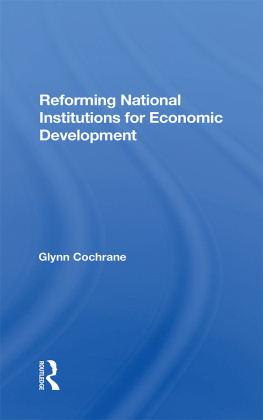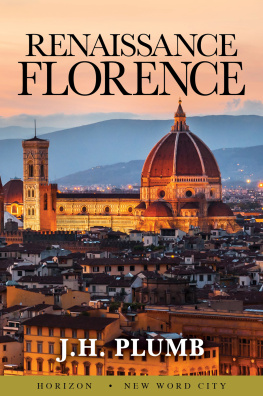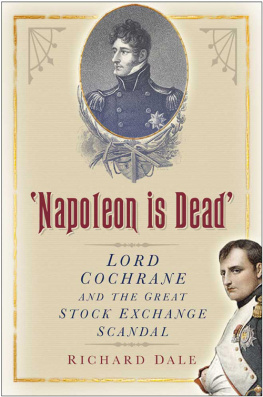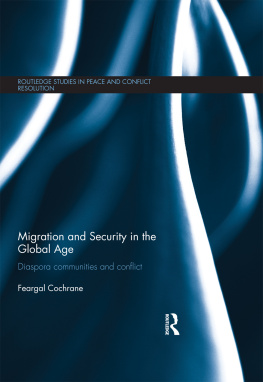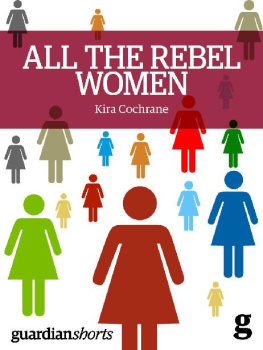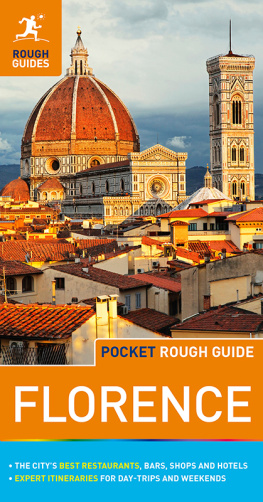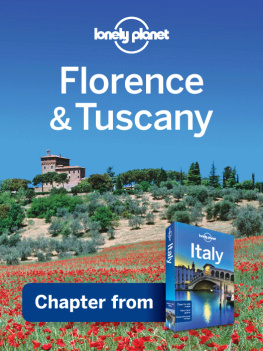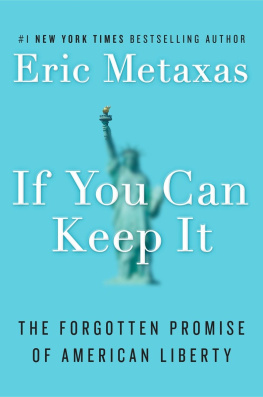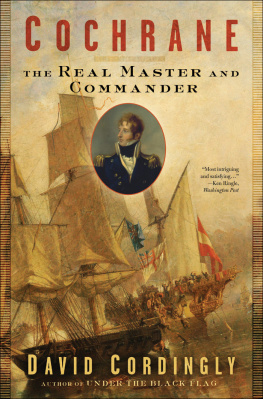Eric Cochrane - Florence in the Forgotten Centuries, 1527-1800
Here you can read online Eric Cochrane - Florence in the Forgotten Centuries, 1527-1800 full text of the book (entire story) in english for free. Download pdf and epub, get meaning, cover and reviews about this ebook. year: 2013, publisher: University of Chicago Press, genre: Detective and thriller. Description of the work, (preface) as well as reviews are available. Best literature library LitArk.com created for fans of good reading and offers a wide selection of genres:
Romance novel
Science fiction
Adventure
Detective
Science
History
Home and family
Prose
Art
Politics
Computer
Non-fiction
Religion
Business
Children
Humor
Choose a favorite category and find really read worthwhile books. Enjoy immersion in the world of imagination, feel the emotions of the characters or learn something new for yourself, make an fascinating discovery.

- Book:Florence in the Forgotten Centuries, 1527-1800
- Author:
- Publisher:University of Chicago Press
- Genre:
- Year:2013
- Rating:5 / 5
- Favourites:Add to favourites
- Your mark:
- 100
- 1
- 2
- 3
- 4
- 5
Florence in the Forgotten Centuries, 1527-1800: summary, description and annotation
We offer to read an annotation, description, summary or preface (depends on what the author of the book "Florence in the Forgotten Centuries, 1527-1800" wrote himself). If you haven't found the necessary information about the book — write in the comments, we will try to find it.
Florence in the Forgotten Centuries, 1527-1800 — read online for free the complete book (whole text) full work
Below is the text of the book, divided by pages. System saving the place of the last page read, allows you to conveniently read the book "Florence in the Forgotten Centuries, 1527-1800" online for free, without having to search again every time where you left off. Put a bookmark, and you can go to the page where you finished reading at any time.
Font size:
Interval:
Bookmark:
 This paper meets the requirements of ANSI/NISO Z39.48-1992 (Permanence of Paper).
This paper meets the requirements of ANSI/NISO Z39.48-1992 (Permanence of Paper).Chicago and London
FLORENCE IN THE 1540s
How Cosimo de Medici turned a worn-out republic into a well-run monarchy
FLORENCE IN THE 1590s
How Scipione Ammirato solved just about all the problems of his age
FLORENCE IN THE 1630s
How Galileo Galilei turned the universe inside out
FLORENCE IN THE 1680s
How Lorenzo Magalotti looked in vain for a vocation and finally settled down to sniffing perfumes
FLORENCE IN THE 1740s
How Giovanni Lami discovered the past and tried to alter the future
FLORENCE IN THE 1780s
How Francesco Maria Gianni spent twenty-five years building a model state only to see it torn down in a single morning
Palazzo Vecchio
Palazzo Vecchio
Uffizi
Piazza della Signoria
Studiolo di Francesco I
Museo di Firenze ComEra
Piazza della Signoria
Museo di Firenze ComEra
Casa Buonarroti
Piazza Santissima Annunziata
Casino
Portal with coat of arms of Pope Urban VIII
Palazzo Pitti
Palazzo Pitti
Ceiling in the Uffizi Gallery
Riccardiana
Panel in Villa Poggio Imperiale
Palazzo Medici Riccardi
Font size:
Interval:
Bookmark:
Similar books «Florence in the Forgotten Centuries, 1527-1800»
Look at similar books to Florence in the Forgotten Centuries, 1527-1800. We have selected literature similar in name and meaning in the hope of providing readers with more options to find new, interesting, not yet read works.
Discussion, reviews of the book Florence in the Forgotten Centuries, 1527-1800 and just readers' own opinions. Leave your comments, write what you think about the work, its meaning or the main characters. Specify what exactly you liked and what you didn't like, and why you think so.

